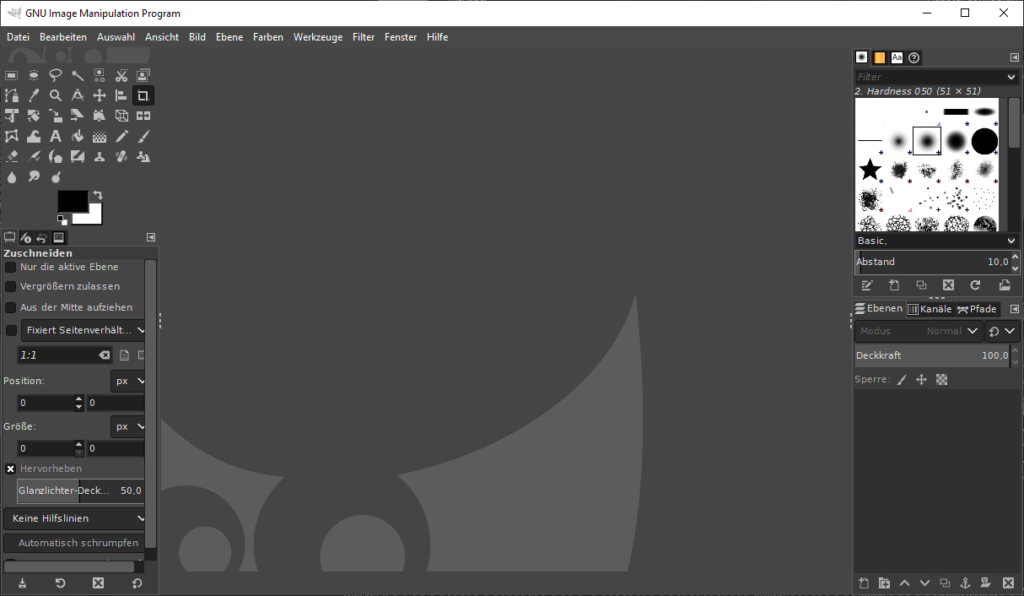


Once you find the script you want to use in GIMP, you’ll have to download it to your computer (obviously). Watch the video version of this tutorial here. Just remember to always use a virus scanner prior to unzipping (in the case of compressed scripts) or opening any files you download from unknown or insecure website across the internet. Regardless of where you find and download your script, this tutorial will show you how to install it into GIMP once it is on your computer. However, many people have either uploaded scripts to their own websites or to other forums and online communities to keep these scripts in circulation for modern GIMP users. In other words, there is no one centralized location or website where GIMP users can find and download third party scripts. There are tons of great free scripts out there – though at the present you have to do a bit of digging to find the, since the GIMP Plugin Repository has been decommissioned. From automating common or useful actions in GIMP to applying new effects, there are many great uses for scripts. One of the benefits of GIMP is that it is quite easy to download and install third party scripts to enhance the functionality and overall experience of using the program.


 0 kommentar(er)
0 kommentar(er)
